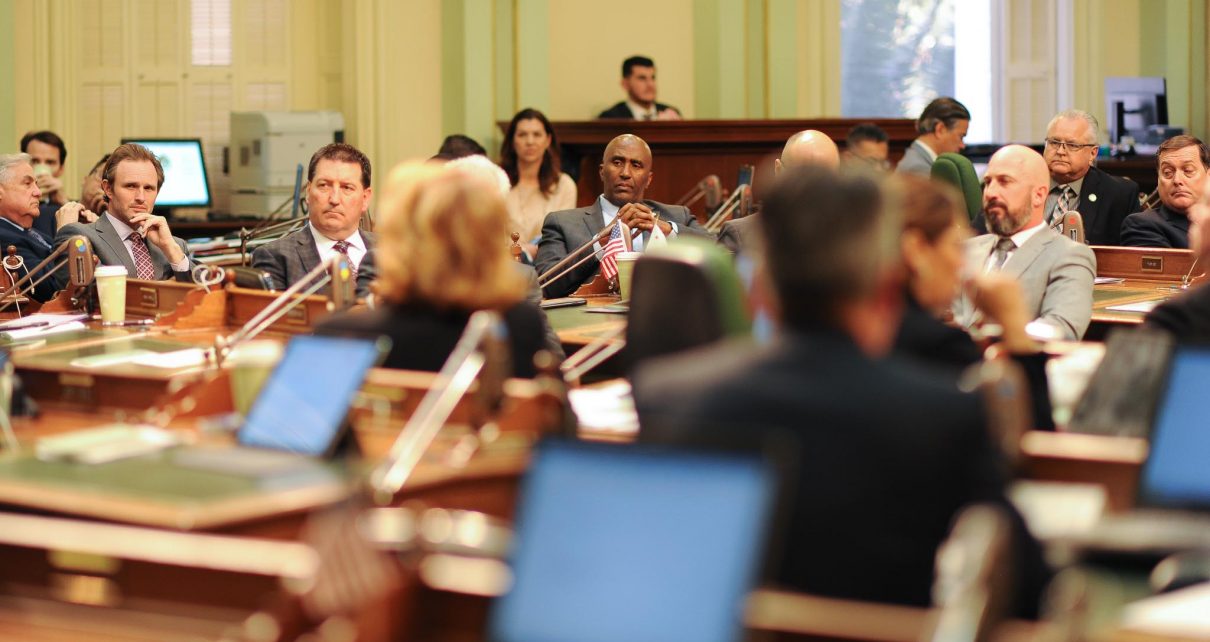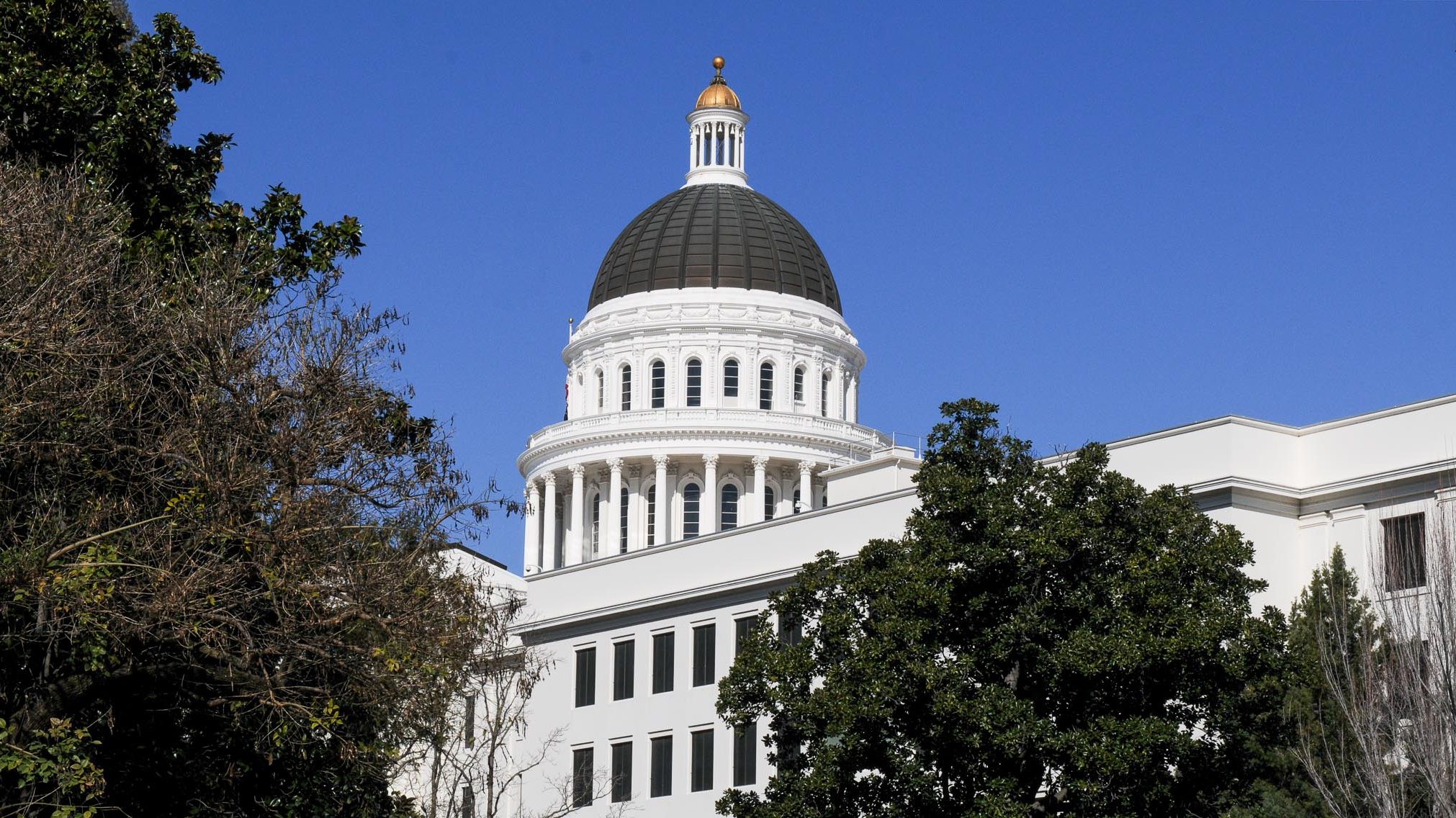
California State Assembly. (Photo: Kevin Sanders for California Globe)
Frequently Asked Questions about Regular Versus Emergency Rulemaking in California
How much rulemaking occurs between regular and emergency actions?
By Chris Micheli, January 9, 2024 2:45 am
What are the types of rulemaking in California? According to the Office of Administrative Law (OAL), the two types of rulemaking procedures that a state agency can pursue are regular or emergency.
What is basically required for regular rulemaking? The regular rulemaking process requires that a state agency meet certain public hearing and notice requirements pursuant to the California Administrative Procedure Act (APA).
What is basically required for emergency rulemaking? The emergency rulemaking process has different requirements, but generally includes a brief public notice period, a brief public comment period, review by OAL, and an OAL decision.
Are there some APA provisions applicable to either type of rulemaking? Yes, whether engaged in the “regular” or “emergency” rulemaking process, an agency or department will be bound to follow the procedural requirements found in the APA, such as the contents of the rulemaking record and the standards of review.
How much rulemaking occurs between regular and emergency actions? The vast majority of regulations adopted pursuant to the APA are submitted to OAL as “regular” rulemakings. The regular rulemaking process includes comprehensive public notice and comment requirements.
What else may be required for regular rulemaking? The regular rulemaking process also requires that documents and information on which the rulemaking action is based are available for review and inspection by members of the public.
What is the purpose of developing the rulemaking record? It is intended to further the goal of public participation in the rulemaking process and to create an adequate rulemaking record for review by OAL and, if necessary, by the courts.
What is the general rule for emergency rulemaking? In terms of “emergency” rulemaking, the general rule is that a state agency may adopt emergency regulations in response to a situation that calls for immediate action to avoid serious harm to the public peace, health, safety, or general welfare, or if a statute deems a situation to be an emergency under the APA.
Why is the public comment period much shorter with emergency regulations? Because emergency regulations are intended to avoid serious harm and require immediate action, so this process is substantially abbreviated compared to the regular rulemaking process.
Who receives and review emergency rulemaking public comments? OAL reviews emergency regulations for compliance with the APA’s emergency rulemaking requirements.
What is the period of review time used by OAL? OAL must allow five calendar days for public comments after posting a notice of the filing of a proposed emergency regulation on its website.
What is the use of Form 400? If an emergency rulemaking is undertaken, a Form 400 is used and this contains the proposed text and the finding of emergency as submitted by the rulemaking entity.
Can emergency rulemaking submissions be modified or removed? Yes, these documents may be revised or withdrawn during the OAL review process.
Are there are agency-specific requirements related to rulemaking? Some agencies and departments have requirements related to regular or emergency rulemakings that are unique to that particular agency or department.
- Summons in California Civil Actions - July 7, 2025
- Family Conciliation Courts in California - July 6, 2025
- California Family Mediation and Conciliation Services - July 5, 2025







